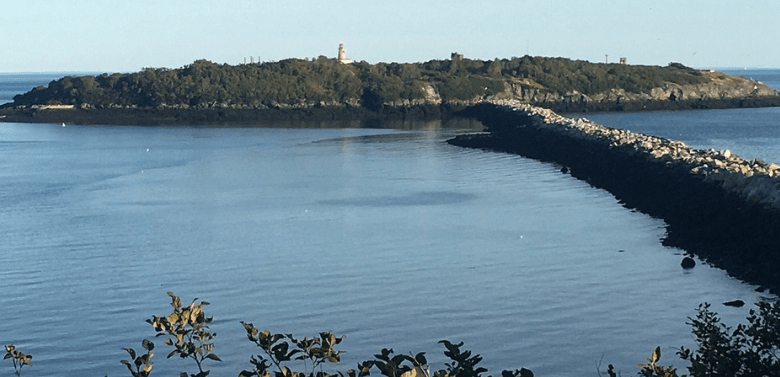For eons a summering place for the Maliseet and Mi’kmaq First Nations, Saint John is the first place many immigrants set foot on Canadian soil. It started when Samuel de Champlain and Pierre Dugua de Monts named the river St. John in 1604. Then the New England Planters arrived at the invitation of the Crown to establish themselves on lands left vacant after the Acadian expulsion in 1755. A flood of Loyalists – Americans loyal to the British crown – arrived in the late 1700s and they gave the city its charter, making it the oldest incorporated city in Canada. Many thousands of Irish settlers arrived before, during and after the Potato Famine in the mid-1800s. Settlers from Eastern Europe, Western Europe, the Middle East and many other areas were processed through the Partridge Island quarantine station, now a National Historic Site, until after the Second World War. Saint John and its surrounding areas have always been a place to start fresh. If you’re genealogically inclined, you can trace your ancestry using the resources at the King’s County Museum, Quaco Museum, the Saint John Public Library, the Archives of the Diocese of Saint John and the New Brunswick Museum.








